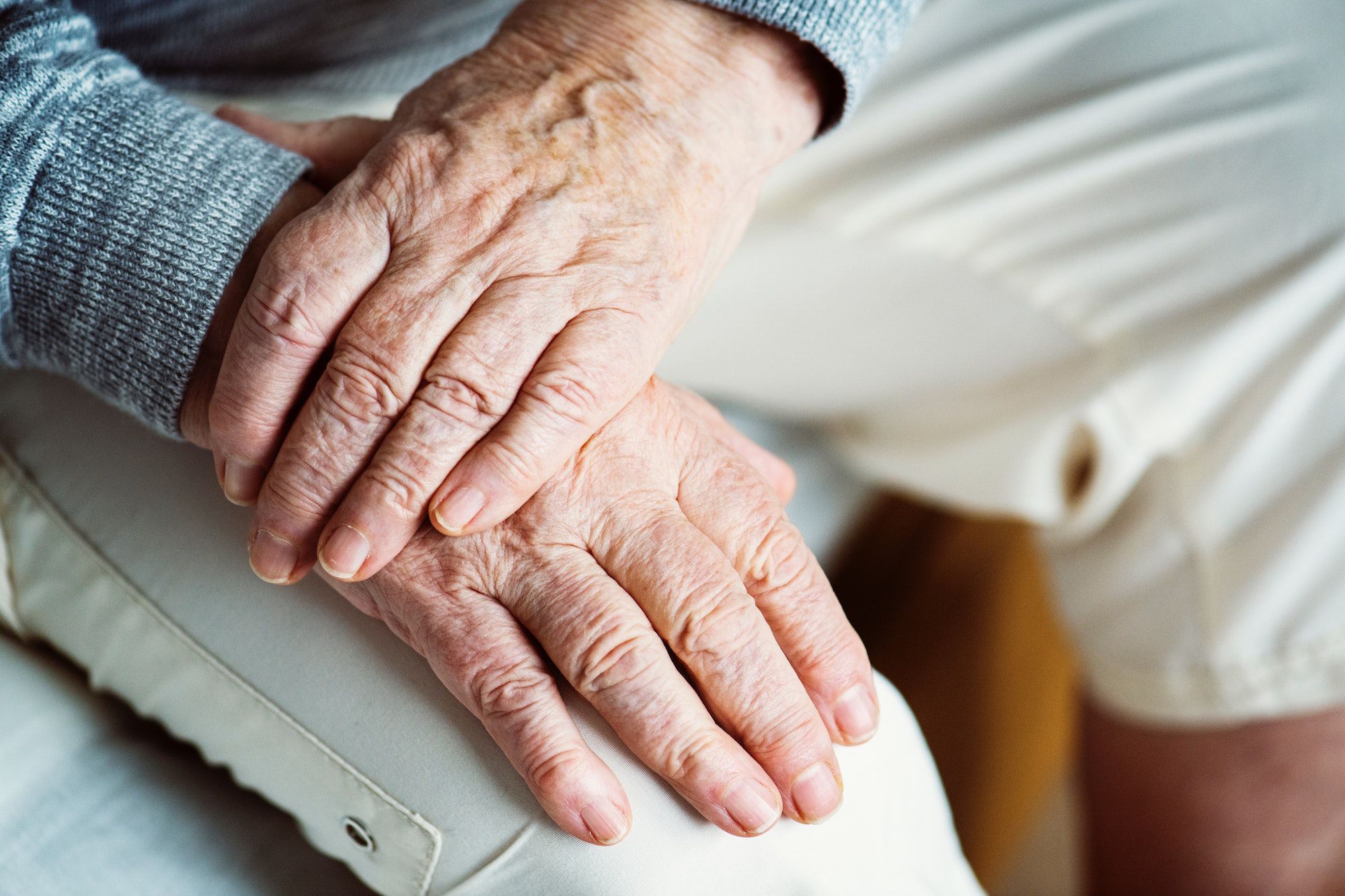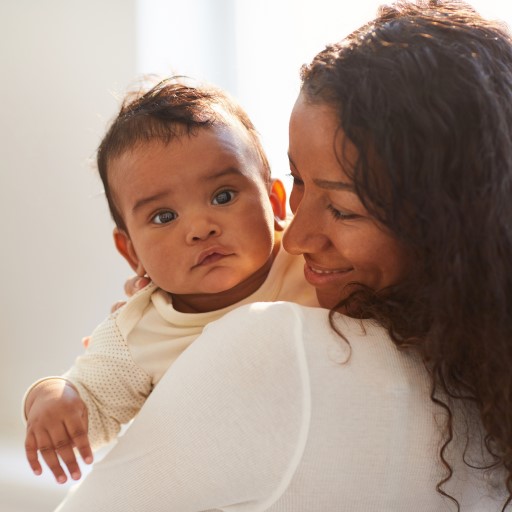The problem with trying to get pregnant after age 35 has to do with your eggs.
Currently women often delay childbearing until the mid to late thirties. From the point of view of ideal fertility, childbearing is best in the 20’s. To what extent is this common delay an issue for fertility?
The decline after age 30 is barely noticeable at first. Women through their 20’s and until about 32 conceive successfully about 20% of the time per month. This is not a problem. They just need to keep trying to get pregnant.
But a decline is noticeable after age 32, and fertility decline begins to decline rapidly after age 35.
After age 43, very few women are fertile. We know this from observation of certain religious communities which do not allow contraception, even timed abstinence, to control fertility.
Let’s seek an understanding of what happens with aging, and then look at ways to apply our knowledge to assessment of an individual using modern scientific biomarkers of ovarian aging.
Over a woman’s lifetime she may only ovulate a couple of hundred eggs. She started with a million, so where did they go?
A degenerative process called atresia occurs, slowly over time, and many idle eggs are simply lost. They never even develop a follicle.
Now here is the really concerning part for those approaching 40. The rate of loss of follicles doubles when the numbers fall below critical level of 25,000 which occurs at age 37. About 13 years later, menopause occurs. At this point there are only a few eggs left in the ovary and these are generally unresponsive to stimulation. At this point, ovulation and pregnancy rarely occurs.
In perhaps 10% of women, but quite common among women with otherwise “unexplained” infertility who are trying to get pregnant, is the phenomenon known as low ovarian reserve, also called diminished ovarian reserve or DOR. In this condition, the ovaries are rapidly declining in function much younger than the normal age of 38 plus. In an uncommon, worst case scenario, there is premature menopause, known as premature ovarian insufficiency.
Many of our patients come to us trying to get pregnant after age 35. After evaluation of the unique situations surrounding each patient’s infertility journey, we can help them choose whether Standard IVF, Natural IVF or Mini Stim IVF is the best path for them.






